After nearly nine months of research and development, bluetooth lighting startup BlueBulb is finally ready to ship a small batch of initial units to customers in a bid to bring remotely-controlled, multi-color lighting into the mainstream.
While mass production of BlueBulb may be months away, AppleInsider was able to spend some time with one of the first units to roll off the assembly line.
Introduction
Not quite satisfied with plain white light, BlueBulb uses a unified RGB+White LED array, allowing for a wide variety of color outputs — one million in all according to founder and CEO Peter Lakits.
Color changing is a neat trick, but the real draw for many BlueBulb users is the promise of a simple to setup iOS-controlled light. Lakits noted that the iPhone is especially well suited for the task, as the handset rarely leaves a user's side.
"It's face-to-face communication," Lakits told AppleInsider, explaining why the firm chose to go with the Bluetooth. "The phone is always with you, even in your bed."
Remote control lighting was once a luxury reserved for pricey home automation systems, but BlueBulb promises to change that by building ad hoc wireless connectivity into every bulb, eschewing the need for a dedicated centralized backbone.
Hardware
The build quality is remarkably stable and polished for an initial production run, though this is to be expected as BlueBulb has gone through thorough testing thanks to a hefty personal investment from Lakits. Constructed out of plastic, the unit is lightweight, but has a solid feel thanks to a large aluminum-alloy heat dissipator, which pulls double duty as a solid housing for the bulb's internal Bluetooth communications components. Lakits said one of the goals with BlueBulb was to keep cost to a minimum while still offering high-tech features.
Like other wireless light bulbs, BlueBulb draws power from a standard light socket, which feeds the comm module and a unified RGB plus white LED array. Because the four LEDs are located in close proximity beneath a single glass seal, the separate RGB hues are more smoothly mixed, allowing for accurate color rendition.
Notably, BlueBulb carries a white LED which, when combined with the light from supporting RGB LEDs, can produce varying color temperatures to suit a user's needs.
"You can soften or harden the whiteness," Lakits said, referring to the gradients of white light offered by BlueBulb. "Sometimes I want a warmer light to relax, or maybe more blue for reading."
Cooling fins run along the side of the bulb, dispersing heat to keep the internal components cool during operation, thus extending their life. In testing, especially when playing with the various color settings, the aluminum had a tendency to become hot to the touch, but the temperature of the plastic bulb covering never rose above nominal levels. In short, the heat sink does its job.
"We faced two major problems with [BlueBulb]," Lakits said, explaining why there will be only two variations of the device at launch. "One is the cooling problem, a 12 watt bulb was just too much."
The second issue, also having to do with BlueBulb's passive cooling system, was how to transmit a Bluetooth signal past the aluminum casing.
At launch, BlueBulb's lineup will be limited to a 6-watt and a 9-watt bulb, each spec'd to 80 Lumens per watt. Our test unit was the latter. Both bulbs fit in common E27 sockets and have a design mirroring their incandescent cousins. Lakits said the company is working on other socket designs, including the GU10 bayonet mount traditionally used for halogen lighting.
Usage
Unlike the Philips hue light bulb, which is controlled over Wi-Fi via a wireless gateway, BlueBulb uses energy-sipping Bluetooth 4.0 technology to make a direct connection with an Apple iOS device. For now, support is limited to the iPhone 4S, iPhone 5, third and fourth-generation iPads, and the iPad mini.
A free app is already available in the App Store, which offers a fairly deep feature set with support for color changing, individual control over the white and color LEDs and sleep/wake timers.
BlueBulb's control app with pairing mode (left) and user interface (right) shown.In practice, moving quickly through the palette on the iPhone app generated markedly stepped color changes. For example, when going from blue to green, distinct intermediate colors were easily distinguished instead of a smooth transitional flow from one color to the next. This effect does not hinder usability in any way, and is more of a quibble than a problem.
There is definitely a sweet spot in the middle of "soft" and "hard" white light, with utility falling off toward the two ends of the spectrum. On the warmest setting, light was a bit too diffuse, while the cool blue threw too harsh a light for regular tasks. In between the two, however, there is a large swath of effective color temperatures to play with.
With the BlueBulb's four-LED setup, a single white LED is paired with three RGB LEDs that produce an array of colors. By default, all diodes are set to maximum output, which can create washed out and inaccurate colors. A purple represented on the iOS app may not be the purple produced by the bulb unless the white LED is turned down.
The inclusion of a pure white LED is a clever move, however, as it both boosts the perceived brightness of the color LED and can be used alone to create a pure white light.
The app allows users to control the intensity of the white LED and the bank of three RGB LEDs seaparately. This makes it easier to control the perceived brightness of colored light, though the most vibrant tones were produced with the white LED turned down past 10 percent, consequently limiting usability.
BlueBulb's control app with pairing mode (left) and user interface (right) shown.Connecting over Bluetooth is fast once paired, and latency is definitely not an issue. Color changes are snappy and on/off commands are near instantaneous.
Range appears to be normal, and in testing the unit was available at all points of the house. Transmission distance could be a problem for those with larger homes, however, as the maximum range for the protocol is 50 meters, not including hinderances like walls and floors.
Also, as noted previously, BlueBulb is not connected via Wi-Fi, which means controlling the unit remotely while away from home is not possible. Additional bulbs must be manually paired when purchased, unlike other systems that automatically detect new units via a gateway.
We don't believe these hurdles affect what BlueBulb as a company is setting out to do, which is to build an easy-to-use light bulb that mixes next-generation functionality with a fun, interactive design.
Lakits hopes to first target the gadget-lovers in a first round of funding. Later products will be aimed at a wider audience, and the company already has designs in the works for a multitude of different devices built on the BlueBulb platform.
"We're focusing on the early adopters," Lakits said, "the tech-sensitive society."
BlueBulb's control app with pairing mode (left) and user interface (right) shown.Availability
There are 400 BlueBulbs ready to ship, and those interested in being one of the first to own one can visit the company's FundAnything page. Campaign pricing starts at $59 for a single 9W bulb and tops out at $209 for a pack of four.
Because BlueBulb is using the new funding site to ramp up production, once the first batch is sold, buyers must wait until the $20,000 campaign goal is met before their orders are filled.
 Mikey Campbell
Mikey Campbell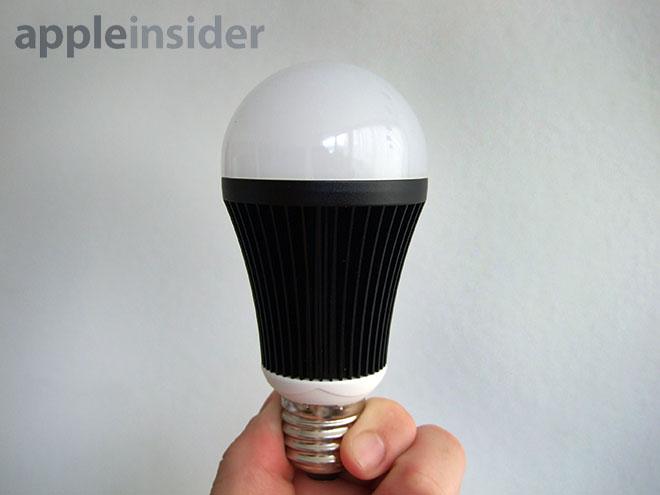
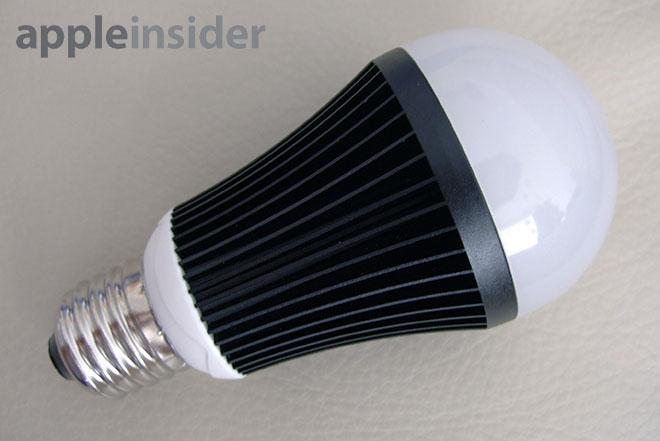


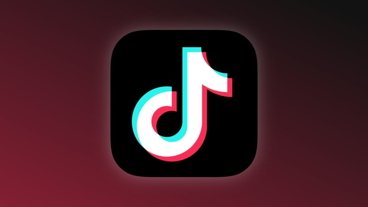
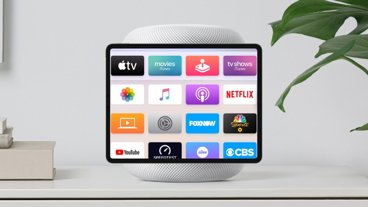


-m.jpg)





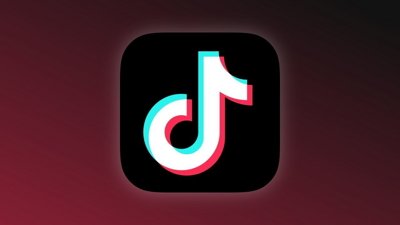
 Charles Martin
Charles Martin


 Wesley Hilliard
Wesley Hilliard
 Stephen Silver
Stephen Silver
 William Gallagher
William Gallagher

 Marko Zivkovic
Marko Zivkovic









69 Comments
Not sold on Bluetooth connectivity. I have Hue in my home and as long as there is a WiFi signal I have control of the bulbs. I also like that I can remotely turn on and off my lights from anywhere in the world for security purposes.
The Wifi version is the lifx. Both look promising. I'll wait a little bit to see which is doing better after the initial first runs of the units. Then after the first major bugs are worked out, then I'll think about changing all my bulbs out to one of these company's smartbulbs.
Note to editor: The Philips Hue does not use WiFi, it uses Zigbee's LightLink profile. In terms of energy efficiency, the difference between Bluetooth and Zigbee is insignificant. http://www.zigbee.org/DesktopModules/ZigbeeCompanyProducts/ProductDetails.aspx?ProductID=634&Ctrl=ViewProducts Can you update the story?
However, to be fair, the Hue bridge connects to your iPhone via WiFi, but sends signals out via ZigBee. Still, I like that I can control my lights from anywhere and they have an API which means I can make my own light shows with the "Ambify" app!
Note to editor: The Philips Hue does not use WiFi, it uses Zigbee's LightLink profile. In terms of energy efficiency, the difference between Bluetooth and Zigbee is insignificant.
http://www.zigbee.org/DesktopModules/ZigbeeCompanyProducts/ProductDetails.aspx?ProductID=634&Ctrl=ViewProducts
Can you update the story?
Note to radioactive - while the Philips hub uses Zigbee to control the lights, the iPhone talks to the hub via Wifi. :)
p.s. Just realized someone beat me to the punch on this.
On a related note, while power is not the differentiating factor between Bluetooth and Zigbee, I do wonder if this approach is limited. After all, there are many good reasons 802.15.4 was developed.